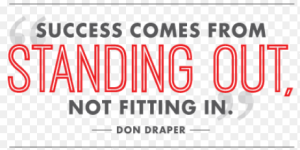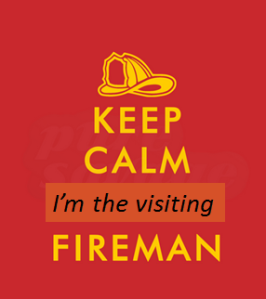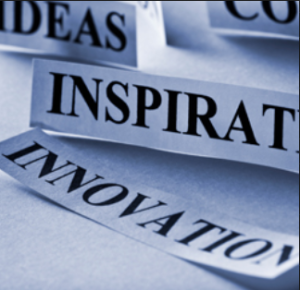 What is striking me recently is the upsurge in the software being specifically designed for managing innovation within our organizations.
What is striking me recently is the upsurge in the software being specifically designed for managing innovation within our organizations.
The competition seems to be warming up in the more ‘standalone’ out-of-the-box segment and the innovative tools being provided are certainly accelerating the innovation process.
The software being provided is going well beyond the simply mining and capturing of promising ideas. The solutions are moving into sound idea enrichment, evaluation processes and managing a portfolio of innovation in more holistic ways.
The providers here, namely Hype, Brightidea, Spigit, Imaginatik and a growing group of others have been significantly improving their ‘front end’ offerings to capture and develop concepts
They are increasingly turning their attentions to the ‘back end’ and support with a greater focus on governance, knowledge repositories, campaign cockpits, evaluation and dialogue exchange mechanisms. Mobility has also been a growing feature to capture innovation ‘on the go’.
Continue reading “Are we moving towards integrated software for innovation management?”








